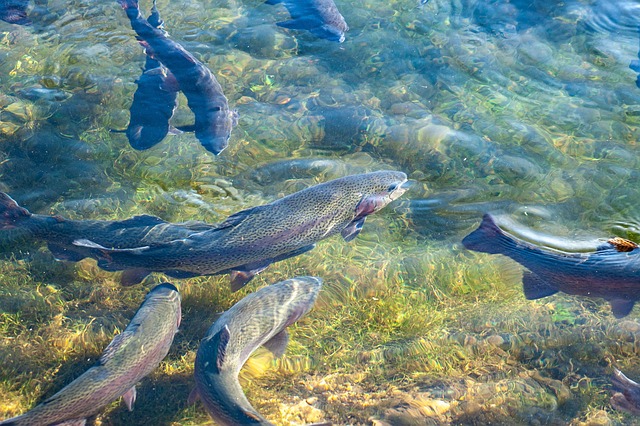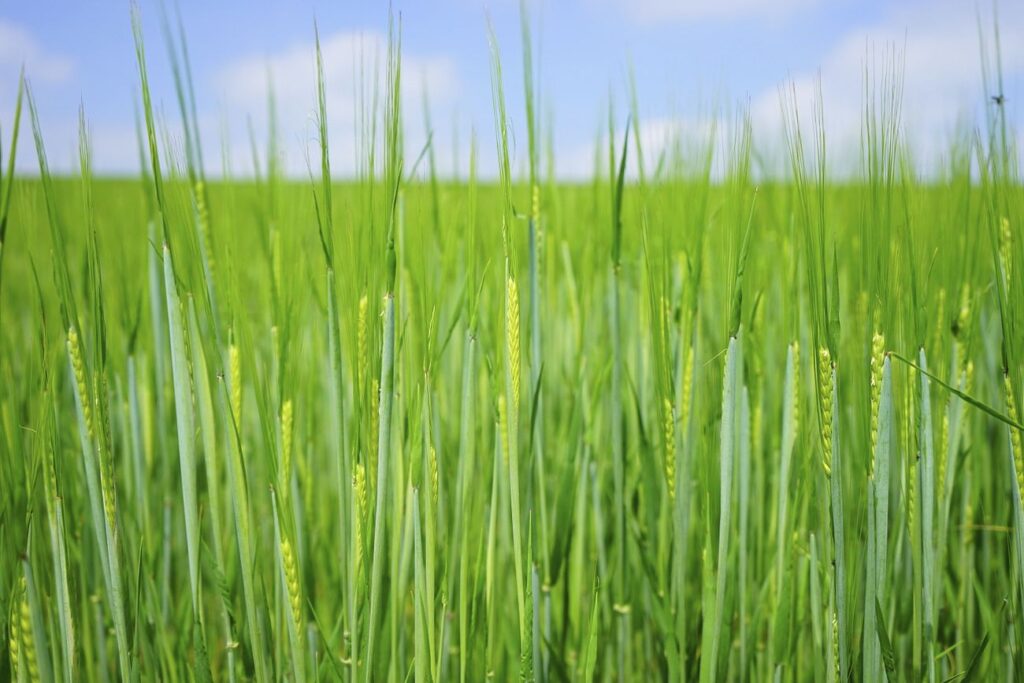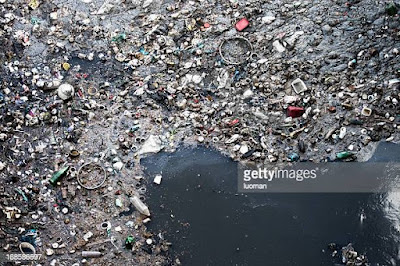Discover the potential of land-based fish farming using recirculating aquaculture systems (RAS). Explore the benefits of RAS technology, its environmental sustainability, economic advantages, and its role in ensuring food security. Learn how countries like Pakistan can embrace land-based fish farming to boost their economy, protect the environment, and achieve self-sufficiency in seafood production.
Introduction
Aquaculture, the farming of fish, is experiencing remarkable growth as global demand for seafood continues to rise. However, traditional methods of fish farming, primarily conducted in the ocean, have led to overfishing and environmental damage. As the world’s fisheries reach their capacity, it is imperative to find sustainable alternatives. One innovative solution is land-based fish farming, which utilizes recirculating aquaculture systems (RAS) to raise fish in controlled environments. This article explores the future of fish farming, highlighting the advantages of land-based systems and their potential to transform the industry. By examining the case of Salten Smolt, a cutting-edge fish farm in Norway, we delve into the benefits of RAS and discuss how Pakistan, with its extensive coastline, can flourish in this industry, bolstering the economy and ensuring food security for its growing population.
1. The Growing Significance of Fish Farming
1.1 The Increasing Demand for Seafood
As the world’s population grows and people’s incomes increase, the demand for fish and seafood is skyrocketing. Seafood plays a significant role in global protein intake, making up around 17% of the total. In some areas, this number is even higher. To address the escalating need for sustainable fish production, it is crucial to explore alternative approaches. Projections indicate that fish consumption will surge to an astounding 180 million tonnes by the end of the decade, underscoring the need to develop innovative methods to meet this ever-growing appetite.
1.2 The Strain on Oceanic Resources
While the ocean has provided a significant portion of the world’s seafood, it is now facing the consequences of overfishing. The World Bank reports that approximately 90% of the world’s fisheries are either fully exploited or overfished. This depletion necessitates a shift towards sustainable aquaculture to ensure the future availability of fish as a vital protein source. Aquaculture has been the primary driver of growth in fish consumption since 1990 and will continue to play a crucial role in meeting future demand.
2. The Environmental Challenges of Traditional Fish Farming
Traditional fish farming methods, such as net pens in rivers or the open ocean, have had detrimental effects on the environment. These methods face several environmental challenges:
2.1 Pollution and Ecosystem Damage
Net pens contribute to water pollution as uneaten food and fish waste accumulate in the surrounding waters. Escaped farmed fish can also disrupt the local ecosystem and harm native species. Moreover, inland “flow-through” farms, reliant on freshwater from rivers or wells, can compete with the need for clean drinking water, exacerbating water scarcity issues.
2.2 Disease Outbreaks and Chemical Dependency
High-density fish farming nearby increases the risk of disease outbreaks and parasite infestations, which can devastate fish populations. To combat these issues, farmers often resort to using antibiotics and other drugs, leading to concerns about chemical residues in the fish and the environment.
3. The Advantages of Land-Based Fish Farming
Land-based fish farming utilizing recirculating aquaculture systems (RAS) presents a promising solution to the environmental challenges posed by traditional methods. Here are the key advantages of RAS:
3.1 Water Efficiency and Conservation
RAS farms drastically reduce water consumption compared to conventional aquaculture systems. By continuously cleaning and recycling the water within closed tanks, RAS farms require far less water, conserving this valuable resource. While a standard salmon farm consumes around 50,000 litres of water per kilogram of salmon produced, a RAS system may need as little as 150 litres.
3.2 Improved Fish Health and Disease Management
The controlled environment of RAS tanks allows for better fish health management. With precise monitoring and optimal conditions, the risk of disease outbreaks and parasite infestations is significantly reduced. This eliminates the need for excessive antibiotic and drug usage, resulting in healthier fish and reduced environmental impact.
3.3 Geographical Flexibility and Species Adaptability
One of the most significant advantages of RAS is the ability to raise fish anywhere in the world, irrespective of geographical limitations. Unlike traditional methods that rely on natural environments, RAS technology enables the cultivation of fish in diverse locations, including regions with no natural water resources. This flexibility expands the range of fish species that can be farmed, unlocking new market opportunities and reducing dependency on specific ecosystems.
4. The Case of Salten Smolt: Pioneering Land-Based Fish Farming
Salten Smolt, located in northern Norway, stands as a testament to the potential of land-based fish farming. This state-of-the-art facility utilizes RAS to produce 8 million smolts (juvenile Atlantic salmon) annually. By examining Salten Smolt’s practices, we can gain valuable insights into the benefits and success of land-based fish farming:
4.1 Recirculating Aquaculture Systems (RAS) in Action
Salten Smolt’s RAS consists of tanks for fish rearing and a range of water-cleaning components inspired by sewage-treatment technology. The system ensures the efficient removal of fish waste and unwanted solids, allowing for the conversion of ammonia into nitrite and nitrate. The advanced water-cleaning process enables the recirculation of a significant portion of the water, reducing the reliance on external sources.
4.2 Waste as a Valuable Resource
One notable advantage of RAS is the concentrated collection of waste products, which can be repurposed as valuable resources. Salten Smolt recovers and processes fish faeces and uneaten feed to produce agricultural fertilizers, thereby creating a closed-loop system that maximizes resource efficiency.
4.3 Precision Agriculture for Optimal Growth
RAS technology allows for precise control and monitoring of various environmental factors affecting fish growth. Parameters such as temperature, oxygenation, and feeding schedules can be fine-tuned to optimize conditions for maximum productivity. By leveraging data from sensors and cameras, farmers can closely monitor fish behaviour, weight, and overall well-being, ultimately enhancing production efficiency.
4.4 Overcoming Capital Costs and Scaling Challenges
Although the initial capital investment for RAS farms is higher than traditional aquaculture systems, advancements in technology and economies of scale are steadily reducing costs. Hybrid systems, combining cost-effective waste-management components with RAS, offer a more affordable alternative without compromising water usage reduction. As the industry continues to evolve, the long-term benefits of RAS, including improved efficiency and environmental sustainability, will drive its widespread adoption.
5. Pakistan’s Potential in Land-Based Fish Farming
Pakistan, with its extensive coastline along the Arabian Sea, possesses immense potential to flourish in land-based fish farming. By embracing RAS technology, the country can benefit in the following ways:
5.1 Boosting the Economy
Investing in land-based fish farming would create new employment opportunities, from farm operations to supply chain management. The growth of this sector would contribute to the country’s economic development, generating revenue through exports and reducing reliance on imported seafood.
5.2 Ensuring Food Security
As Pakistan’s population continues to rise, ensuring food security becomes a critical concern. Land-based fish farming provides a reliable and sustainable source of high-quality protein. By producing fish locally, Pakistan can reduce its dependence on imports and enhance food self-sufficiency.
5.3 Environmental Conservation
Implementing RAS technology in Pakistan’s aquaculture sector would alleviate the pressure on overfished oceans and strained ecosystems. By reducing the need for wild fish capture, land-based fish farming contributes to the preservation of marine biodiversity and the restoration of natural fish populations.
5.4 Geographical Advantage
Pakistan’s long coastline offers ample opportunities for establishing land-based fish farms. Regions with suitable infrastructure and access to freshwater sources can support the growth of RAS facilities. This strategic positioning allows for efficient transportation and distribution, minimizing time-to-market and ensuring fresher seafood for consumers.
5.5 Government Support and Collaboration
To harness the full potential of land-based fish farming, Pakistan’s government can play a pivotal role. By providing financial incentives, subsidies, and technical assistance, the government can encourage investment in RAS technology and facilitate the development of a robust aquaculture industry. Collaboration between private enterprises, research institutions, and government bodies will further drive innovation and knowledge sharing in the sector.
Deep-Sea Mining: Balancing Environmental Conservation and Resource Extraction – Pakistan Desk Net
Conclusion
The future of fish farming lies in land-based systems like recirculating aquaculture. With their ability to reduce pollution, adapt to various fish species, and overcome the limitations of traditional methods, these innovative systems offer a sustainable solution to the growing demand for seafood. By embracing this technology, Pakistan can revolutionize its aquaculture industry, bolster its economy, and ensure food security for its population. With favourable geographic conditions and supportive government policies, Pakistan is well-positioned to become a leader in land-based fish farming, contributing to a more sustainable and prosperous future.
FAQs
Q1. Are land-based fish farms environmentally friendly?
Yes, land-based fish farms, especially those utilizing recirculating aquaculture systems (RAS), are environmentally friendly. RAS technology allows for efficient water usage, reduced pollution, and minimal impact on natural ecosystems.
Q2. How does land-based fish farming contribute to food security?
Land-based fish farming ensures a steady and sustainable supply of high-quality protein, reducing reliance on imported seafood. By producing fish locally, countries can enhance food security and meet the rising demand for protein-rich diets.
Q3. What are the economic benefits of land-based fish farming?
Land-based fish farming offers economic benefits such as job creation, revenue generation through exports, and reduced dependency on imported seafood. It stimulates economic growth and contributes to the development of the aquaculture sector.
Q4. Can land-based fish farming be implemented in regions without natural water resources?
Yes, land-based fish farming, particularly with recirculating aquaculture systems, can be implemented in regions without natural water resources. RAS technology enables fish cultivation in land-based tanks, utilizing advanced water-cleaning processes.
Q5. How can governments support the development of land-based fish farming?
Governments can support the development of land-based fish farming by providing financial incentives, subsidies, and technical assistance. Collaboration between private enterprises, research institutions, and government bodies is crucial for fostering innovation and industry growth.









